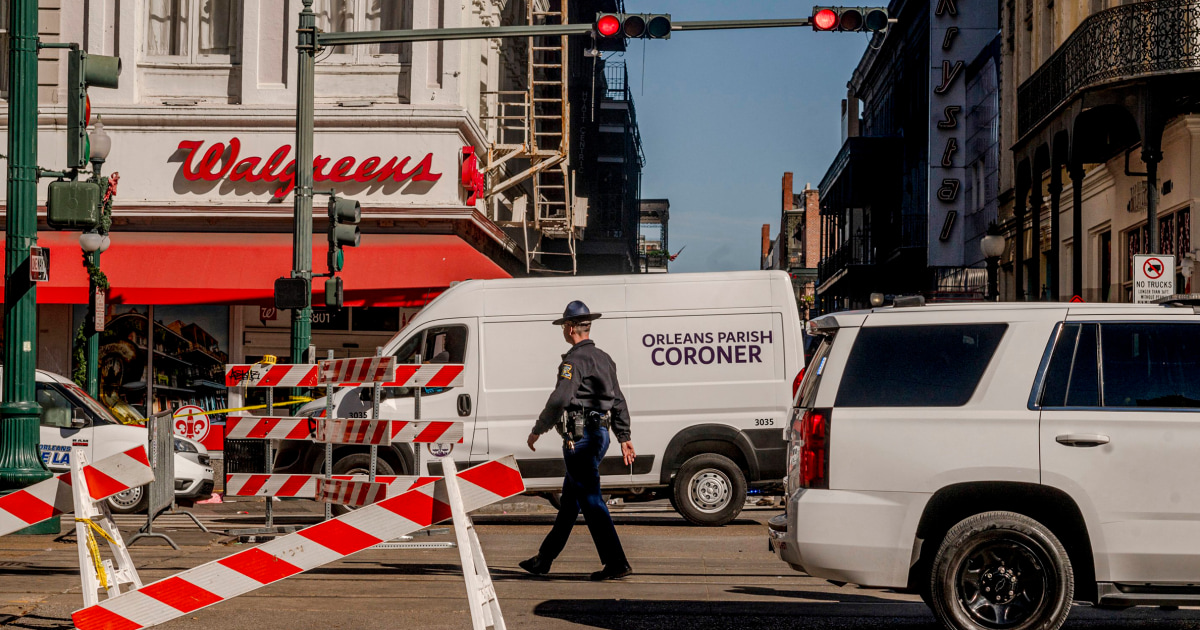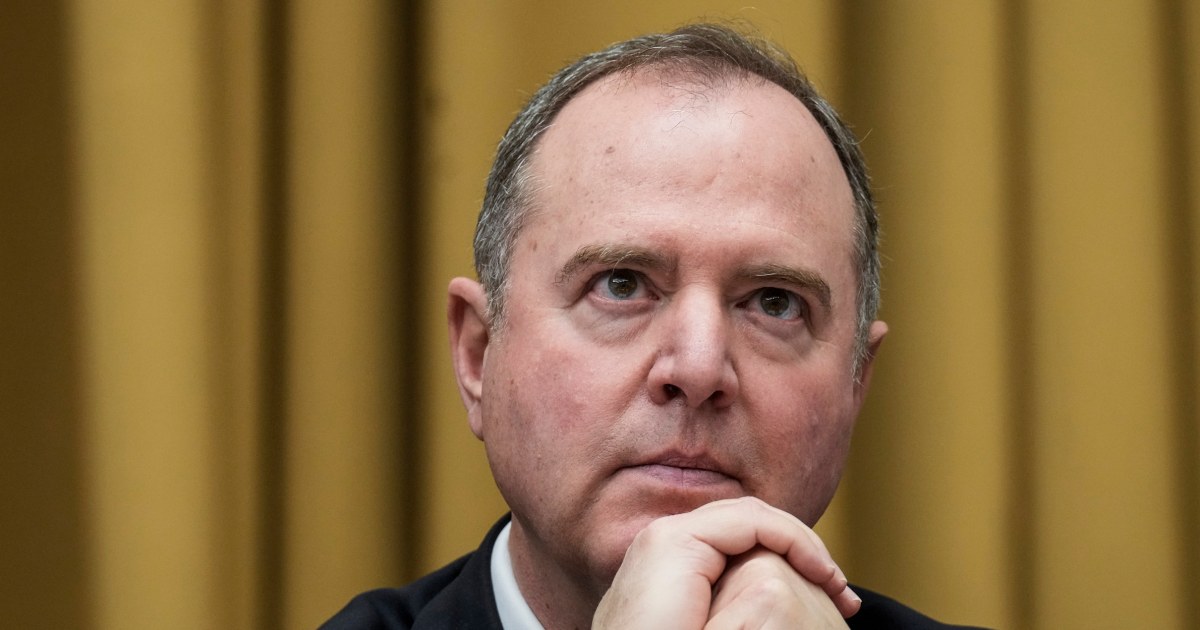鬼百合
One day we will wake to his obituary :-)

‘A perfect storm’: Extremism online and political polarization are increasing risk of attacks, experts say
Accessing extremism online has never been easier, the threat has never been higher, and the ideology of those conducting attacks has never been more splintered.
 www.nbcnews.com
www.nbcnews.com
Accessing extremism online has never been easier, the threat has never been higher, and the ideology of those conducting attacks has never been more splintered.
‘A perfect storm’: Extremism online and political polarization are increasing risk of attacks, experts say
Accessing extremism online has never been easier, the threat has never been higher, and the ideology of those conducting attacks has never been more splintered.
The ISIS-inspired attack in New Orleans underscores how extremism online and political divisions at home have created “a perfect storm” for radicalization in America, experts say, with law enforcement struggling to track an increasingly fractured threat.
Finding and accessing extremist communities online has never been easier, the threat has never been higher, and the ideology of those carrying out attacks has never been more splintered, according to the experts.
“What the FBI and law enforcement in general are dealing with right now is a threat landscape that is both diverse and complicated,” said Seamus Hughes, a senior researcher and policy associate with the National Counterterrorism Innovation, Technology, and Education Center at the University of Nebraska Omaha. “That makes things a little harder for law enforcement.”
“We have a level of polarization in the U.S. that’s an important factor,” he said. “The online environment has algorithms that are set up to make you angry. And all that is playing into a perfect storm of factors that are leading to an increase in radicalization.”
According to the federal government, the main terror threat to the U.S. now is lone actors inspired by extremism ideology. Those ideologies range widely. The majority of attackers are on the far right, as in the 2022 Buffalo supermarket shooting. But sometimes, as in the New Orleans attack, the driving ideology is radical Islamism. Occasionally, it’s far-left or anti-Trump, as in the 2017 attack on Republican members of Congress and staffers at a baseball practice outside Washington and the apparent assassination attempt of Trump in Florida last year, or at other times a mix of ideologies, what FBI Director Christopher Wray has called “salad bar extremism.”
Ideology and terror
Right-wing ideologies have fueled more than 70% of all extremist attacks and domestic terror plots since 2002 in the U.S., according to the Anti-Defamation League.Bar chart of counting the number of extremist attacks, domestic terror attacks and domestic terror plans that were influenced by ideologies since 2002. Right wing, white-supremacist ideologies fueled 364 incidents. Right-wing, anti-government ideologies were behind 137; Islamist: 125; Right-wing (other): 61, left-wing: 47.
Right wing (white supremacist)
364
Right wing (anti-government)
137
Islamist
125
Right wing (other)
61
Left wing
47
Other
3
Right wing (political)
2
Unknown
1
Notes: List includes plots that were foiled or thwarted by law enforcement. Read more on the ADL classifications.
Source: NBC News analysis of Anti-Defamation League data
Graphic: Nigel Chiwaya / NBC News
But the majority of people who become radicalized will never commit an act of terror.
“Radicalization is not the problem. ... The problem is mobilization to violence,” said John Horgan, a psychologist and director of the Violent Extremism Research Group at Georgia State University. “There are some common denominators, but we haven’t made much progress in terms of trying to predict who is going to become involved in terrorism.”
For those who do go from radicalization to violence, the ideals they espouse are often secondary, experts in the psychology of terrorism said.
“We’re seeing more and more people sort of pick and choose their own ideology to suit their own grievances,” Horgan said. “They look to find a reason to make sense of what they have already decided they want to do.”

